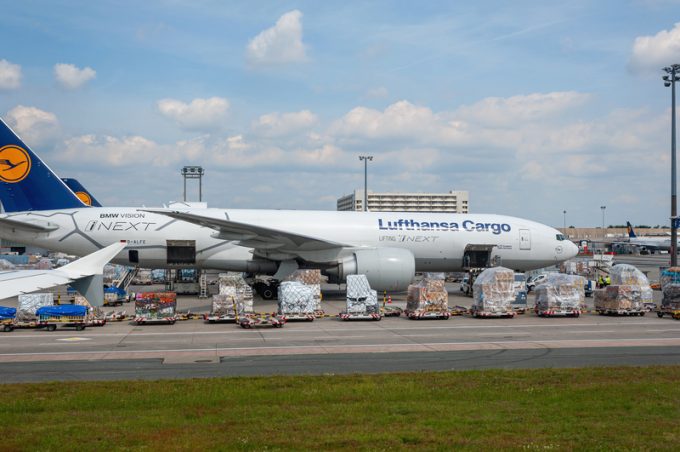Formalised entry – the ecommerce conundrum facing the US
Formalising ecommerce shipments into the US is “not if, but when”, as current cross-border traffic ...

Air cargo is having a year in the limelight: the segment has kept planes flying and airport operations going, but its temporarily elevated status does not guarantee funding for freight-related projects, or even a louder voice in airport boardrooms.
Meanwhile, Frankfurt Airport is addressing trucking congestion with a second parking area in its Cargo City South.
At the end of last month, construction began on a 14,500 sq metre lot that will create parking space for 61 trucks, almost doubling the cargo ...
Outlook for container shipping 'more uncertain now than at the onset of Covid'
Teamsters union vows UPS will be 'in for a hell of a fight' over jobs cull
Shippers warned: don't under-value US exports to avoid tariffs – 'CBP will catch you'
Cancelled voyages take the sting out of spot rate declines this week
New Houthi warning to shipping as rebel group targets specific companies
K+N CEO unveils impact of US import tariffs on China-origin goods
Blanked sailings in response to falling demand 'just a stop-gap solution'
More pressure on transpacific rates as carriers bet on a China-US trade deal
CMA CGM to reflag box ship as the French carrier eyes growing Indian market
Boeing looks to resell up to 50 aircraft rejected by Chinese buyers
'Strong start' to 2025, despite market uncertainty, says Kuehne + Nagel
US Customs chaos means 'more downside risk than upside potential' for air cargo
Taiwan ministries act to mitigate effect of trade war on agriculture exports
Wan Hai joins box shipping 'arms race', but avoids Chinese yards for newbuilds
MOL signs up with Climeworks for direct air carbon capture and storage

Comment on this article